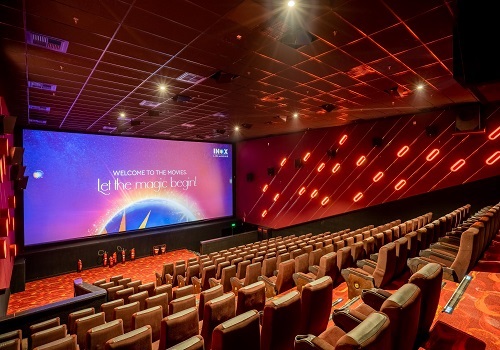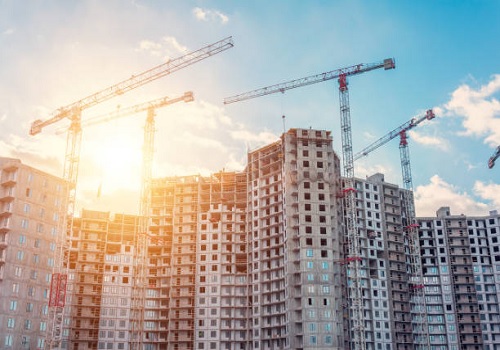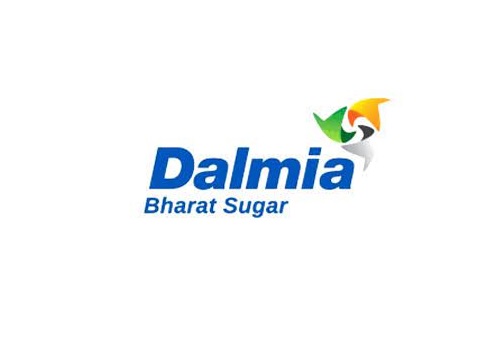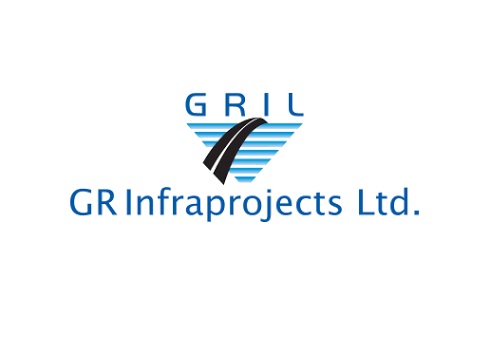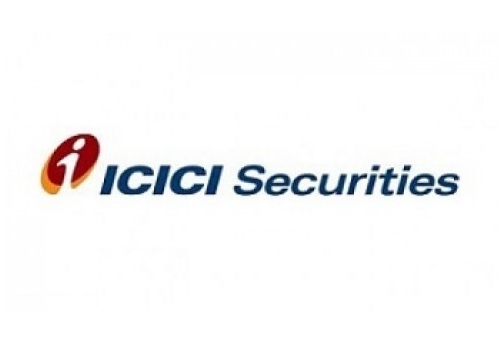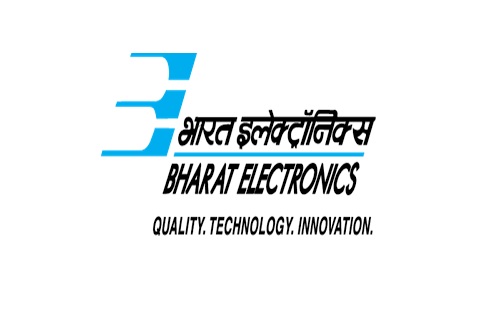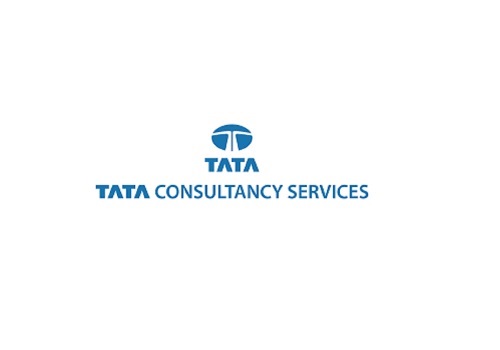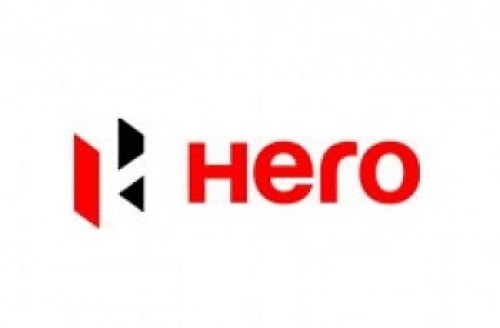Buy Home First Finance Company Ltd : Core earnings momentum strong; securitisation income further buoys earnings - ICICI Securities
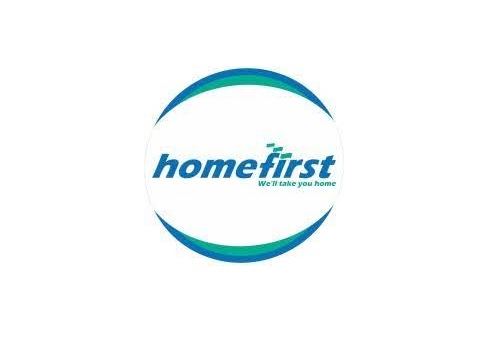
Follow us Now on Telegram ! Get daily 10 - 12 important updates on Business, Finance and Investment. Join our Telegram Channel
Buy Home First Finance Company Ltd For Target Rs.650
Core earnings momentum strong; securitisation income further buoys earnings
Home First Finance (Home First) stage-3 assets at 1.9% and 1+ dpd at 8.9% surprised positively. Nevertheless, this was aided by write-offs of ~30bps and restructuring of 60bps. With 130bps provisioning, it now carries ECL provisions of 1.4% against stress pool of 6.4% (stage-2/3 at 5.8% + 0.6% of restructuring). Core earnings momentum with NII growth of 24% YoY / 11% QoQ beat our expectations. Reported earnings were further buoyed by securitised income. Moderation in disbursements was lower (vs peers) at 33%, which improved AUM growth momentum to 18% YoY / 4% QoQ.
Factoring-in >30% AUM growth, funding cost benefit, improved cost to income ratio, partially offset by higher credit cost, we expect earnings to compound at >39% over FY21-FY23E. Excessive capitalisation (tier-1 at 55%) and >3% RoAs, can help the company command 3.5x FY23E book. Maintain BUY with a revised target price of Rs650 (earlier: Rs625). Key risks: i) sourcing as well as collections managed by frontend team; ii) incremental flowthrough from early delinquency buckets requiring higher credit cost.
* Core earnings momentum strong; reported PAT buoyed by securitised income: Home First reported PAT of Rs350mn, up 12% QoQ, down 9% YoY Core net interest income growth of 24% YoY / 11% QoQ was supported by growth uptick and stable spreads. Reported PAT was further buoyed by securitised income. In line with its strategy, the company securitised assets worth Rs1.18bn and booked securitisation income of Rs194mn for the quarter (higher than our estimate).
* Portfolio quality – stage-3 assets at 1.8%, 1+ dpd at 8.5%, restructuring at 0.6%: In these challenging times, 1+ dpd rose to 8.9% in Q1FY22 from 6.2% in Q4FY21 and 30+ dpd increased to 5.8% (from 4.1%). Within this, gross stage-3 was marginally up 10bps QoQ to 1.9%; nevertheless, stage-2 pool was up 150bps to 3.8%. This has to be read in conjunction with 60bps of restructuring in Q1FY22 (40bps reclassified from stage-3 and 20bps from stage-2). Also, sticky stress in apartment exposure concentrated in two locations of Alwar and Bhiwadi was written-off during the quarter and SARFAESI recovery process has commenced.
Collection efficiency, after having dipped to 94% in Apr/May’21, has improved to 97.6% in Jun’21 (vs 98.5% in Mar’21). Bounce rates have improved to 16.1% in Jul’21 from 18.3% in Q1FY22 (vs 17.3% in Q4FY21).
With uptick in collection efficiency and business momentum, 1+ dpd print should gradually approach its normalised range in the medium term. This will further strengthen confidence in underwriting and credit assessment standards of the company.
With some further flow-through from the early delinquency buckets into stage-3, we expect stage-3 to inch up to 2.2% in FY22E and then moderate to sub-1.6% by FY23E.
* Credit cost at 130bps for Q1FY22: Credit cost was marginally higher than expectations at Rs130mn for Q1FY22. Due to write-offs, provisioning on stage-3 has come off QoQ to 26% (vs 36%). Also provisioning on stage-2 declined to 11.6% (vs 14%) and 0.4% provisioning was maintained on stage-1 assets. Overall ECL provisions to outstanding loans stands at 1.4% against 30+ dpd pool of 5.8% + restructuring of 0.6%. We therefore build-in credit cost of 83bps/47bps for FY22E/FY23E respectively.
* AUM growth momentum improves to 18.5% YoY/4% QoQ: Disbursements were down 33% QoQ, albeit up more than 4x YoY to Rs3.05bn (outperforming peers). This supported AUM growth of 4% QoQ / 18.5% YoY to Rs42.9bn (compared to 14% in FY21). Balance transfer (out) rate was contained at 3.1% (annualised) in Q1FY22. Sharp focus on housing loans continues and it constituted of 92.4% of AUM. EWS/LIC category forms 77% of the customer base.
Disbursement growth is expected to further accelerate to >60% over FY21-FY23E, thereby driving AUM growth by >30%. Key driving factors: i) digital adoption in reaching out to customers and channel partners; ii) leveraging technology and rising productivity at existing locations; and iii) increasing market share in Karnataka, Andhra Pradesh, Telangana, and Rajasthan. Digital adoption is accelerating with 67% of the customers registered on app now (vs 48% in Q1FY21). Payments received via app were up 135% YoY.
* Core NII strong: Core NII was up 24% YoY / 11% QoQ to Rs623mn. Spreads improved marginally by 10bps as cost of borrowings further declined 20bps QoQ (130bps YoY) to 7.2%. Incremental spreads in Q1FY22 sustained at 5.4%. More levers at work will further reduce borrowing cost. Sustained yields further buoyed by assignment income can help sustain NIMs upward of 6.5% over FY22E-FY23E.
* Securtisation and other income boosted earnings: In line with its strategy, the company securitised assets worth Rs1.18bn and booked securitisation income of Rs194mn for the quarter – higher than our estimate. Company will continue to actively explore this source of borrowing to optimise capital usage, reduce leverage, and improve the cost of funds. We expect 30% of disbursements to be assigned / securitised over FY22E/FY23E, which will generate income to the tune of 12-13% of revenues and one-third of operating profit. Beside, other non-interest income of Rs145mn (double YoY, flat QoQ) further supported earnings.
* Improved productivity to drive cost efficiencies: With growing productivity of existing branches through deeper and innovative distribution and leveraging technology to optimise operations, Home First does not have very aggressive plans for branch expansion in the coming years. It has commenced business in 10 new branch locations. In addition, it has launched 12 new digital branches. This has increased the number to touchpoints to 137 (vs 115 in FY21). All this makes Home First cost-efficient with opex to assets ratio at 3.4-3.7% (compared to peers in 3.0-6.5% range). With the upscaling of branches and optimal utilisation, we expect opex to assets ratio to further improve by 90bps by FY23E (moving towards the typical range of opex/AUM at 2.0-2.5% for large branches), which can act as a trigger for RoE improvement.
* Earnings growth robust, excess capitalisation to suppress RoEs: With >30% AUM growth, funding cost benefit, improved cost to income ratio, and contained credit cost, we expect earnings to compound at 40% over FY21-FY23E. However due to excessive capitalisation (tier-1 at 55%) and despite >3% RoAs, RoEs will be modest at ~12%.
To Read Complete Report & Disclaimer Click Here
For More ICICI Securities Disclaimer https://www.icicisecurities.com/AboutUs.aspx?About=7
Above views are of the author and not of the website kindly read disclaimer












 320-x-100_uti_gold.jpg" alt="Advertisement">
320-x-100_uti_gold.jpg" alt="Advertisement">


